Residential Inspection Basics
Home inspections normally begin with a cursory walk around the building, with photos taken from all sides plus a rooftop picture. Photos will usually include a photo that verifies the location and address of the property and will also feature shots of any detached buildings on the property being inspected.
As an insurance company underwriter, this exterior photo report may be all that you require as a residential inspection for a particular property, especially if the home is brand new and has just passed a battery of construction inspections during the building process. If only slightly more information is needed, you may opt for an exterior observation report or, more inclusive still, an exterior observation and measurement report can be completed. This adds additional information such as an estimation replacement cost for the residence should it be completely destroyed by a covered event.
High-Value Interior Inspection
For most insurance underwriting residential inspections, the high-value interior inspection is most appropriate. This top-quality inspection includes the exterior photo and measurement report detailed above plus a complete interior inspection. A major part of this inspection is the 4-Point Home Insurance Inspection, which provides a great deal of information about the home’s critical systems. These include:
- Roofing – an unhealthy roof often indicates an unhealthy home. Roof inspection includes noting the type of material, age and condition of the roof. Signs of deterioration such as soft spots and missing tiles or shingles will be noted. An estimate of remaining service life can be made and installation year accounted for.
- Electrical System – worn, out of date or improperly installed electrical components are a danger to any homeowner and a risk to any insurer. An inspector will look for dangerous wiring and connections, such as aluminum connected to copper, and inspect for corrosion, overheating panels, tripping breakers or blown fuses. Infrared cameras are used for finding electrical dangers and can find problems even within walls.
- Plumbing – over a period of time, even a small water leak can end up causing long-term damage to a home. A residential inspector should look at everything connected to water, including showers, sinks, hot water heaters, dishwashers and washing machines, looking for signs of current or previous leaks.
- HVAC – the home’s heating, ventilation and air conditioning system will be looked at, noting type, age and estimated service life remaining. Use of space heaters will be noted, which are a red flag safety risk, and proper installation and maintenance of any wood burning or pellet burning stoves will be checked.
Residential Inspection Benefits
A thorough home inspection for an insurance company will provide the underwriter with invaluable information for determining whether writing a policy for a particular property is a prudent risk to take and help in setting an accurate and realistic insurance amount. Contact us for more information.


